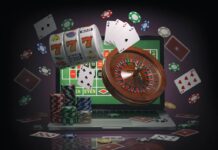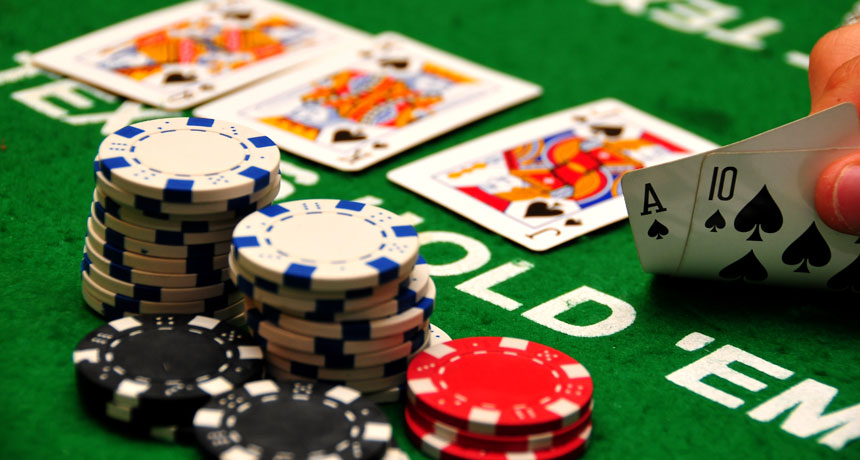
Heads-up poker is a type of popular casino game that is played by two players only. Every poker tournament that is held ends with a final round called Heads-Up. This stage is considered a real duel for the best, and only a small part of all participants in the event reaches the final. In Heads-Up, the main plot of the tournament is at stake, and the fate of the prize money is being decided. Now, there are separate tournaments dedicated to this format. If you are going to take part in them, then you need to know all the specs of the game as well as winning strategies that are going to boost your win rate.
In the larger online poker rooms and during certain series of tournaments, you can stumble upon larger heads-up tournaments, usually in the shootout format. You can find out all the information about the casinos hosting Sit and Go (SNG) tournaments on the Clash of Slots and similar platforms. In this article, you will find out what heads-up poker is and how to play it.
Heads-up Rules
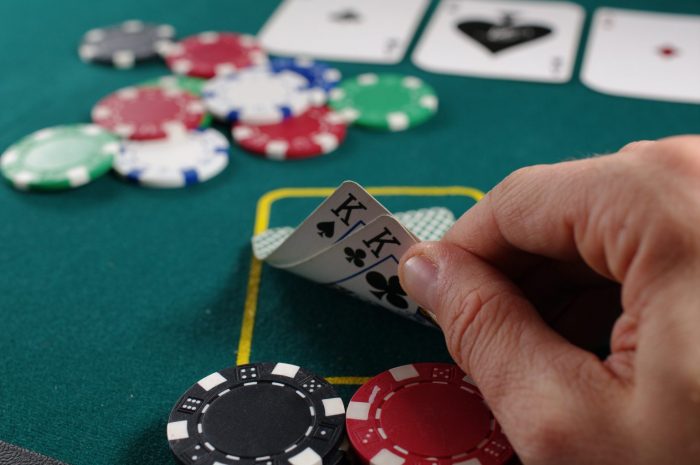
If you have already mastered the classic version of the game, then there should be no difficulties with the rules for heads-up. One has only to take into account some of the nuances that you will learn about in this article.
The tournaments are based on no-limit poker as the limit version would introduce unnecessary complications into the game. The gameplay begins according to the usual scheme — participants pay antes, receive an equal number of chips, and the game continues until the entire game pot is won by one participant.
In cash variants of the game, players have the opportunity to enter the game (join the table) with a larger or smaller stack on their hands. Besides that, they can subsequently purchase the required number of chips. There is no bet limit in the game, so it is you who decides on the bankroll level.
Strategy
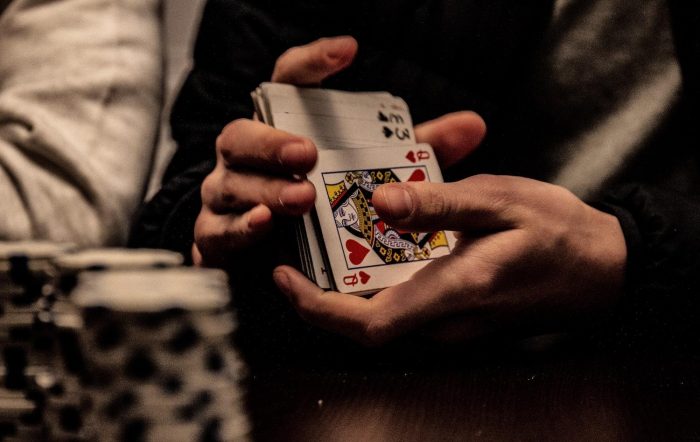
The ability to win in a hands-up tournament is considered a high-level skill in the world. The rather fast pace of the tournaments forces players to accumulate all their knowledge, skills, and intuition.
In addition, the most important thing in the game is not just to make accurate mathematical calculations but to clearly “see” your opponent and quickly react to the situation at the table. When playing Hands-up, you need to be able not only to restrain your emotions, as the professionals say — to fight tilt but also try to take your opponent out of psychological balance.
Players are free to choose their own strategy of playing behavior. But let’s repeat — the duel format obliges players to be aggressive, as attentive as possible to their own and other people’s emotions.
Playing heads-up poker greatly depreciates the importance of outs; players hardly take into account such an indicator as to the odds of the pot. The main or even the only task of a poker player in heads-up is to understand his opponent, find his weak side, and use it.
In Heads-Up, there is no division into short and long positions. There is only the button (dealer) and the blind. Participants in such tournaments develop the most daring and aggressive style, introducing practically every starting hand into the drawing. This feature makes the game very different from the format of poker with long tables or multi-table events.
Heads-up Poker Tournaments
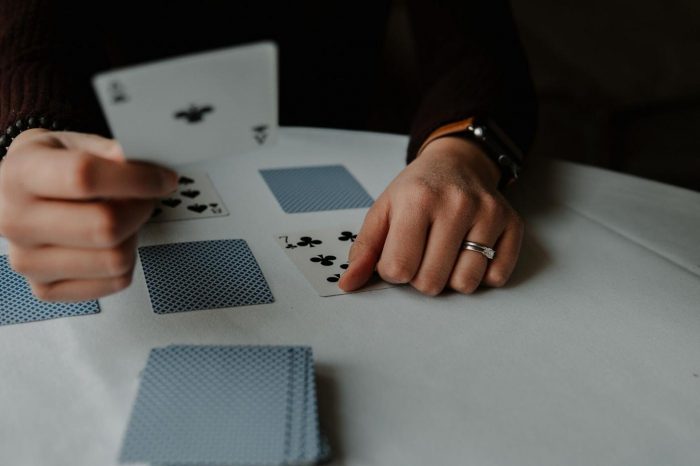
Today, in Heads-up mode, tournaments are held quite regularly. They are no longer perceived as something unusual by players. Now, Heads-up is a separate discipline with classical rules but with its own original specifics. It can be played both live and in numerous online poker rooms.
The game in this format may differ in several ways: it may or may not have an ante — a certain contribution for all participants. It also differs in limits and periods of increasing blind bets — blinds. Besides that, in heads-up poker, the size of the participants’ stacks can be determined in different ways.
Professionals are sure that the main thing in this poker format is knowing and taking into account the statistics that are typical for playing the game. Let’s look at the data a little. Players fold almost every third starting hand at the flop stage (from ten to thirteen percent of all played combinations). These are drawn hands or promising hands that have a high probability of winning the game pot. There is half the number of heads-ups, which means that each of them becomes much more valuable.
Heads-up Poker — Tips for Beginners
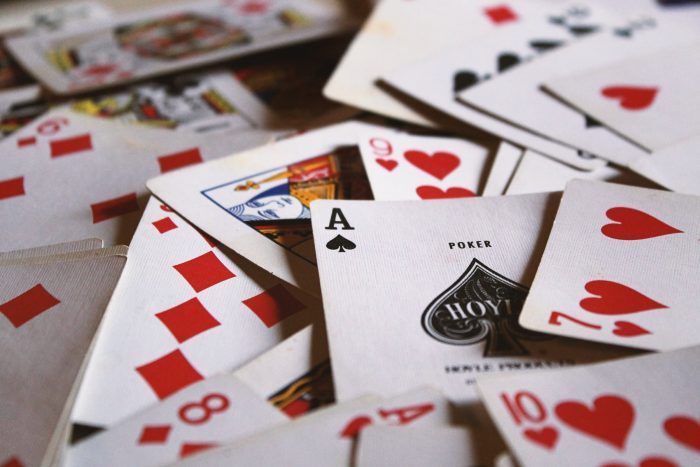
Experienced players have a couple of recommendations for those who want to master their skills to play this type of poker:
- You have to be psychologically stronger than your opponent by showing aggression in the game, provoking your opponent to tilt, and suppressing him with your confidence and bold decisions;
- Look for the opponent’s weaknesses; you need to make him make mistakes during the game. Remember that Heads-Up tournaments take place in a very dynamic rhythm. Don’t give your opponent time to think;
- You should be as focused as possible. Absolute attention to all circumstances is one of the main rules of one-on-one games;
- Forget about using bluffs. In Heads-Up poker, there are high chances that the flop and its three community cards will not give players hints. So there is sometimes no time and sense to wait for a potential gain in this format;
- Cultivate the very Poker Face in yourself. Endurance and nerves of steel are a must for players in Heads-Up poker tournaments. Nobody and nothing should cause emotions in you — neither negative nor positive. Emotionally unstable players will simply not be able to become winners.
Conclusion
Heads-up poker is perfect for those players who prefer a more aggressive game. Since there are only two players in the hand, the chance of getting a better hand is much higher than in a multiplayer game. Also, unlike classic poker, the positional advantage in matches between two players with the same skills is reduced here, which makes the game more exciting to play.

